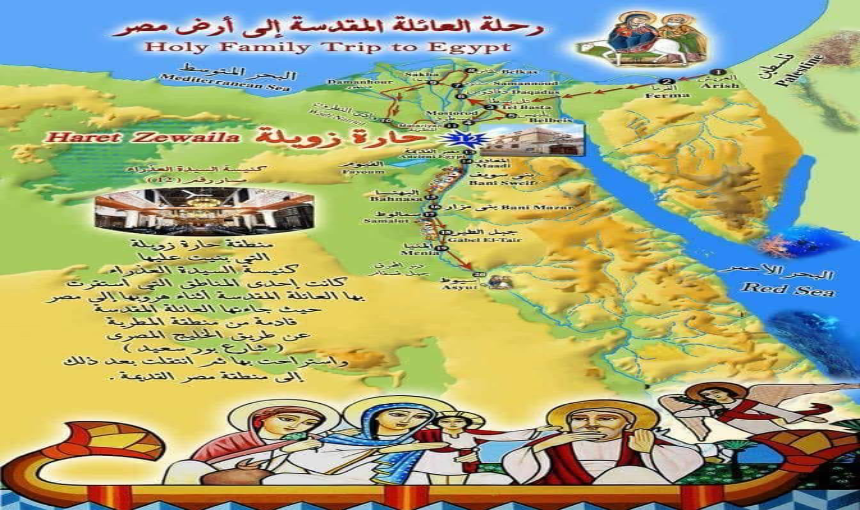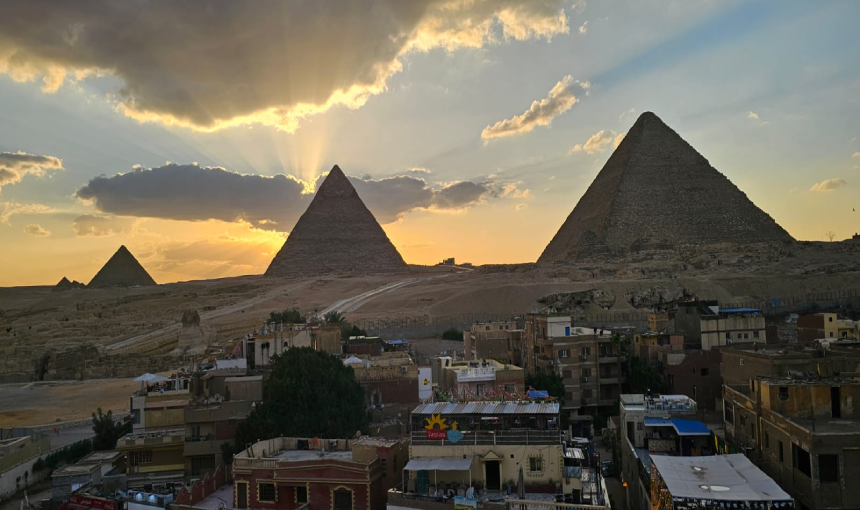Nestled in the heart of Egypt’s Western Desert, Siwa Oasis offers a unique blend of natural beauty, historical significance, and cultural richness. This enchanting oasis often remains overshadowed by Egypt’s more famous landmarks, but it promises an unforgettable experience for those who venture off the beaten path. In this comprehensive guide, we’ll explore everything you need to know about Siwa Oasis, from its captivating history and stunning landscapes to the best travel tips for an amazing adventure.
A Glimpse into Siwa’s History
Siwa Oasis boasts a history that dates back thousands of years. It once served as an important center for the worship of the ancient Egyptian god Amun. Alexander the Great visited the Temple of the Oracle, one of Siwa’s most significant historical sites, in 331 BC to seek confirmation of his divine status. The ruins of this temple still stand today, offering a glimpse into the oasis’s storied past.
In addition to its ancient Egyptian heritage, various cultures have influenced Siwa over the centuries, including Berber, Greek, and Roman. This rich tapestry of influences is evident in the oasis’s architecture, traditions, and way of life.
Natural Beauty and Unique Landscapes
Siwa Oasis is renowned for its stunning natural landscapes. Surrounded by vast stretches of desert, the oasis is a lush paradise filled with palm groves, olive orchards, and freshwater springs. The contrast between the arid desert and the verdant greenery of the oasis creates a breathtaking panorama.
One of the most iconic features of Siwa is the Great Sand Sea, a vast expanse of towering sand dunes that stretch as far as the eye can see. Adventure seekers can enjoy opportunities for sandboarding, dune bashing, and camel trekking on these dunes.
Another natural wonder of Siwa is the Siwa Lake, also known as Birket Siwa. This saltwater lake offers a tranquil spot where visitors can relax and take in the serene surroundings. The lake’s high salinity allows for easy floating, similar to the Dead Sea.
Cultural Richness and Traditions
The people of Siwa, known as Siwans, have a distinct culture and way of life that sets them apart from the rest of Egypt. They speak Siwi, a Berber language, and have preserved many traditional customs and practices over the centuries.
One of the most fascinating aspects of Siwan culture is their unique form of jewelry and crafts. Siwan women create intricate silver jewelry, often adorned with colorful beads and symbols. These pieces are not only beautiful but also carry cultural and symbolic significance.
Siwa is also famous for its traditional mud-brick architecture. The old town of Shali is a prime example, with its labyrinthine streets and crumbling fortifications that transport visitors back in time. Exploring Shali feels like stepping into a living museum, where the past and present coexist harmoniously.
Check the Best Nile Cruises:
- Standard 5 Stars Nile Cruise.
- Deluxe 5 Stars Nile Cruise.
- Luxury 5 Stars Nile Cruise.
- Ultra Luxury 5 Stars Nile Cruise.
- Lake Nasser Nile Cruise.
- Dahabyia Nile Cruise.
- Felucca Adventure Nile Cruise.
- Cairo Dinner Cruise.
Exploring Siwa’s Attractions
Siwa Oasis offers a wealth of attractions that cater to history enthusiasts, nature lovers, and adventure seekers alike. Here are some must-visit sites and activities:
1. The Temple of the Oracle
As mentioned earlier, the Temple of the Oracle holds significant historical value in Siwa. The ruins of this ancient temple, perched on a hilltop, offer stunning views of the surrounding oasis and desert.
2. Cleopatra’s Spring
Cleopatra’s Spring, also known as the Spring of the Sun, is a natural hot spring that has been a popular bathing spot for centuries. Legend has it that Cleopatra herself bathed here, adding to its allure.
3. Mountain of the Dead
The Mountain of the Dead, or Gebel al-Mawta, is a necropolis filled with ancient tombs dating back to the 26th Dynasty and the Greco-Roman period. Intricate carvings and paintings decorate the tombs, providing insight into the burial practices of the time.
4. Siwa House Museum
For a deeper understanding of Siwan culture and history, visit the Siwa House Museum. The museum showcases a collection of traditional Siwan artifacts, including clothing, jewelry, and household items.
5. Desert Adventures
Siwa Oasis is a paradise for adventure enthusiasts. From sandboarding down the Great Sand Sea’s dunes to embarking on a camel trek through the desert, you can enjoy a variety of thrilling activities.
Practical Travel Tips for Visiting Siwa Oasis
Planning a trip to Siwa Oasis requires some preparation due to its remote location and unique environment. Here are some practical travel tips to help you make the most of your visit:
1. Best Time to Visit
Visit Siwa during the cooler months from October to April. The temperatures are more pleasant, making it easier to explore the oasis and its attractions.
2. Getting There
Siwa Oasis is approximately 560 kilometers from Cairo. The most common way to reach Siwa is by road, with buses and private cars being the primary modes of transportation. The journey takes around 8-10 hours.
3. Accommodation
Siwa offers a range of accommodation options, from budget-friendly guesthouses to eco-lodges. Staying in a traditional Siwan house or a desert camp can enhance your experience.
4. Respect Local Customs
Siwa is a conservative and traditional community. It’s important to dress modestly, especially when visiting religious sites, and to respect local customs and traditions.
5. Stay Hydrated
The desert climate can be harsh, so it’s crucial to stay hydrated. Carry plenty of water with you, especially when exploring the dunes and other remote areas.
Siwa Oasis is a hidden gem that offers a unique blend of natural beauty, rich history, and cultural richness. Whether you’re seeking adventure in the desert, exploring ancient ruins, or immersing yourself in the local culture, Siwa has something to offer every traveler. By venturing off the beaten path and discovering this enchanting oasis, you’ll experience an unforgettable adventure. Plan your trip to Siwa Oasis today with Direct Nile Cruise Egypt and uncover the magic of this extraordinary destination.
Don't miss checking our other Egypt Nile Cruises




